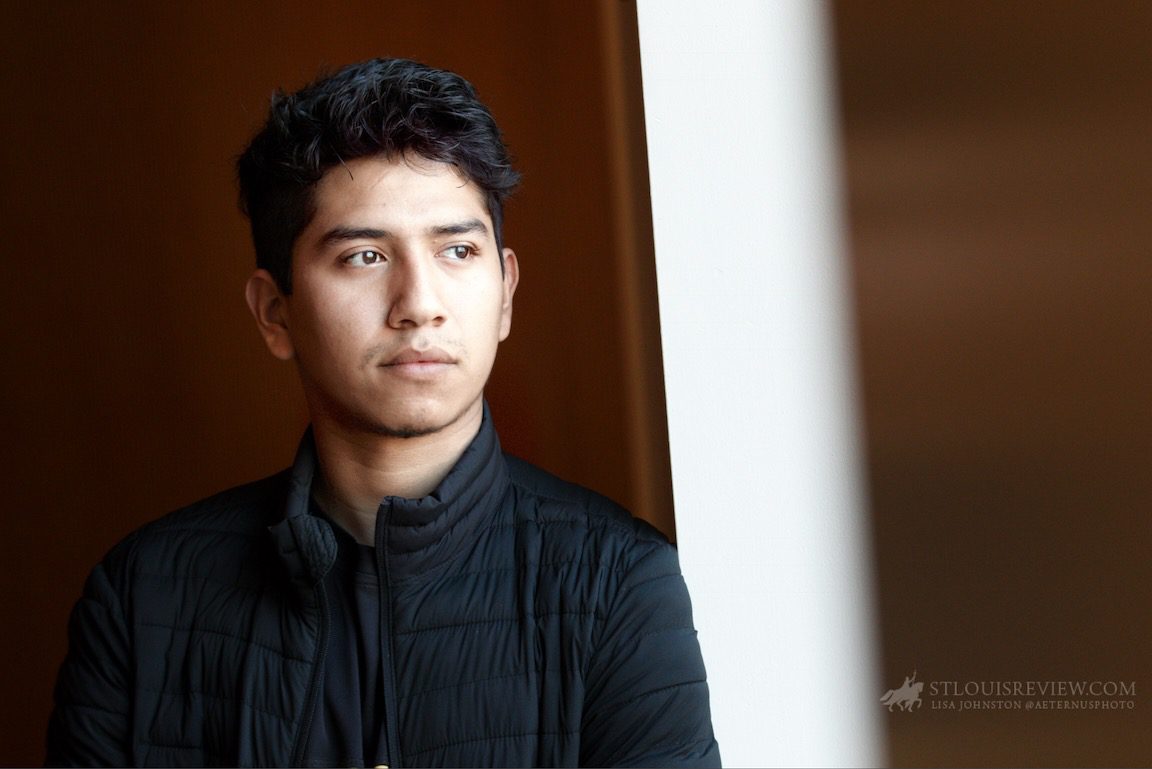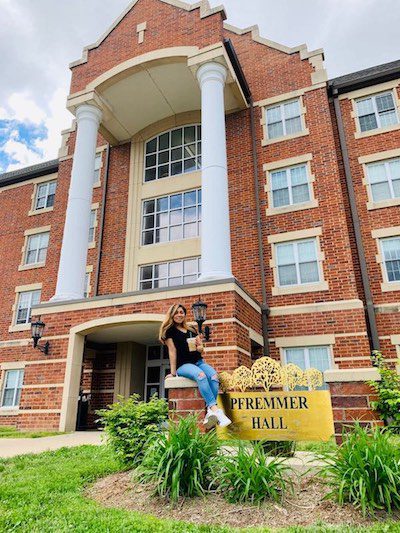 (Photo: Astrid Riecken/Washington Post via Getty Images)
(Photo: Astrid Riecken/Washington Post via Getty Images)
I’m a senior in high school, and I spent much of the past year applying for college. But I’m also a DACA student (aka Deferred Action for Childhood Arrivals recipient) and came to the U.S. as an undocumented child, meaning that the college application process was much more complicated for me.
For instance, I had to use the California Dream Act Application, the financial aid application for undocumented and DACA students living in California. My status also means that I am excluded from many scholarships only available to U.S. citizens, shrinking my pool of choices. The most tedious of my college search tasks included sending proof of being a California resident to every school I applied to, just so I could qualify for in-state tuition rates and financial aid packages.
As exhausting as my college application process was, I acknowledge that I have many privileges as a student with DACA in California. I didn’t even consider looking at schools outside of California, because here I qualify for in-state tuition rates and financial aid. Not to mention all of the resources I get at school from counselors and advisors, some of which are even DACA recipients themselves. However, for other DACA recipients and undocumented students in other parts of the country, the process is a lot more complicated.

Rigoberto Ramirez, 20, is a DACA recipient who just finished his second year at St. Louis Community College in Missouri. Two years ago, when Ramirez was a high school senior, he planned to attend Southern Illinois University Edwardsville where he had been accepted. But then he says his paperwork became a huge issue and he couldn’t attend. “I spent many years of my life dedicat[ed] to going to school everyday, waking up, getting there and doing all the work. For what?” said Ramirez. “I didn’t really see a future. I wasn’t allowed to go anywhere.” He made a last minute decision to enroll in a community college.
Currently, only six states offer undocumented and DACA students in-state financial aid. And there are six states (Alabama, Arizona, Georgia, Indiana, Missouri and South Carolina) that prohibit undocumented students from receiving any type of financial aid, making college far less accessible to undocumented and DACA students.
Ramirez became a DACA recipient his junior year of high school. When it was time to think about college, Ramirez felt that he hadn’t received much help from the adults around him and that school counselors turned him away, not understanding his status. “The initial process [of applying to college] was very difficult,” he said. “Everybody looked at my documents and they were like, ‘I don’t know what this is, go talk to someone else.’”
In 1982, the Supreme Court in Plyler v. Doe decided that all students, regardless of their immigration status, were guaranteed a K-12 education. Although still in place, this doesn’t apply to higher education, giving states like Missouri the freedom to restrict college accessibility to undocumented and DACA students.

For students who are U.S. citizens, scholarships are often seen as a supplement to make up the difference that financial aid doesn’t cover. But for many undocumented students (especially in states that don’t offer financial aid), scholarships are the only way to get any financial help at all, and sometimes easier to get from private, not public, schools.
Guadalupe Medina, 19, is a DACA recipient and just finished her freshman year at Lindenwood University in St. Charles, Missouri. But before getting to Lindenwood, she thought pursuing higher education was out of her reach. Although Medina knew her parents were hard workers, she couldn’t fathom how they could afford to pay for her education. She is one of four siblings, and she says her family’s finances were already stretched thin. Intimidated by the cost of the four-year universities she dreamed of, Medina looked at attending her local community college, St. Charles Community College, but that idea was quickly shut down after finding out the true cost. According to the school’s website, international and out-of-state students have to pay $5,184 versus the $2,544 in-district students have to pay each semester. Because of Medina’s immigration status, she would have had to pay the international tuition cost. “My family didn’t have the money to pay for that,” said Medina. We still don’t have the money to pay for that.”
Medina says she felt discouraged and thought she would never be able to attend college, but her college mentor encouraged her to apply anyway — whether or not she would receive financial help. To her surprise, she was accepted to Lindenwood, a private university that offered her a full ride. “I ended up getting really lucky,” she said. But Medina is an exception.
There are still thousands of DACA students in the same situation that Ramirez and Medina found themselves in as high school seniors. They face steep tuition rates with little financial aid available to them as their legal status sits in limbo.
However, some states are changing their laws to provide more services to DACA students, and some members of Congress continue to push legislation that would provide DACA students legal status. Last month, Colorado passed a bill which made in-state financial aid available to undocumented and DACA students. Most recently, the U.S. House of Representatives passed a bill that would extend legal protection to those with DACA. However, President Trump has already announced that he will veto the bill.